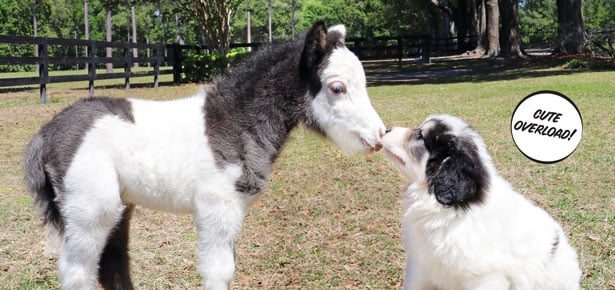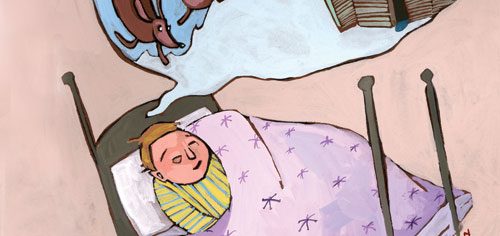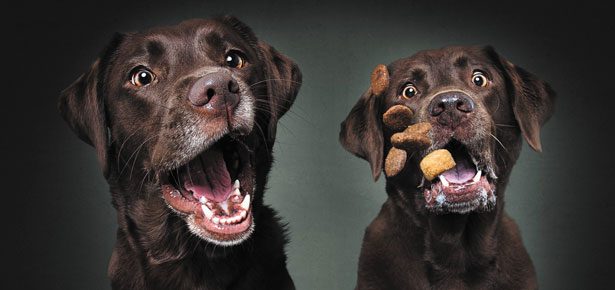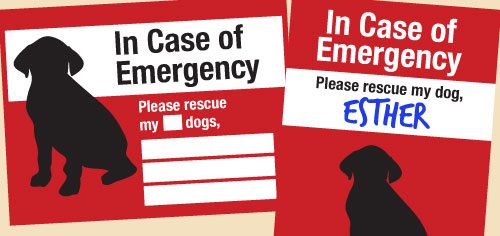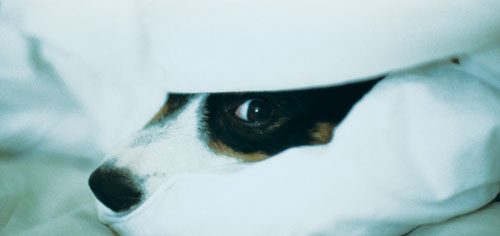

Ask an Expert – Socializing a Dog-Phobic Rescue
Our white German Shepherd is a rescue from the SPCA. Off leash around other dogs his hackles go up all along his spine. On leash, he barks and makes aggressive moves. He’s become a person dog with no dog-to-dog interaction skills. This is hard to train out without interacting with other dogs! Help?
Q: Our white German Shepherd is a rescue from the SPCA. Off leash around other dogs his hackles go up all along his spine. On leash, he barks and makes aggressive moves. He’s become a person dog with no dog-to-dog interaction skills. This is hard to train out without interacting with other dogs! Help? —No-play in New York
A: This sounds like a case of insecurity combined with leash frustration. He lacks confidence around other dogs and when the leash restraint is added, his fear-based reactivity goes over threshold.
Work with your German Shepherd in public, in as controlled a manner as possible. Distance is a critical factor, so find a park or other area where you won’t be blindsided and can reroute if necessary. At what distance can he spy another dog and remain calm? Say it’s 20 feet; you would start 30 feet away. Each time he sees another dog, feed him one super-yummy treat after another. Keep the leash slack! A head halter might help at the beginning, too—you can wean him off it once his behaviour improves. When the other dog disappears, the treats stop. An association is being created between the appearance of other dogs, and the tasty treats. Eventually, your dog should be able to notice another dog and then automatically look to you for treats. As long as he remains calm, over time, gradually lessen the distance.
You can also instill an alternative behaviour such as targeting. Teach your dog to touch his nose to your hand on the verbal cue “Touch” (how-to articles can be found online), and reward him with a treat. Then ask for a “touch” each time he sees another dog. He’ll soon be nudging your hand at the sight of another dog. (Tip: The amount of nose pressure is a good indication of his stress level.) You could start with the classical conditioning described in the preceding paragraph and, once your dog is able to calmly look at you for treats as other dogs pass, switch to the targeting behaviour instead; now you’re asking him to do something to earn the treat.
If possible, work on these skills with a professional trainer who has their own calm, non-reactive, well-trained dogs. You will also need to train obedience commands such as a rock-solid recall and attention. Patience is essential, as your dog did not develop this emotional response overnight. The good news is, with your help and dedication, the prognosis is excellent.
Nicole Wilde is a Certified Professional Dog Trainer who lectures worldwide on canine behaviour. She is the author of nine books, including Help for Your Fearful Dog and Don’t Leave Me! (phantompub.com). She can be found at facebook.com/NicoleWildeAuthor, twitter.com/NicoleWilde, and on her Wilde About Dogs blog, wildewmn.wordpress.com.
Join the newsletter and never miss out on dog content again!
"*" indicates required fields
By clicking the arrow, you agree to our web Terms of Use and Privacy & Cookie Policy. Easy unsubscribe links are provided in every email.
